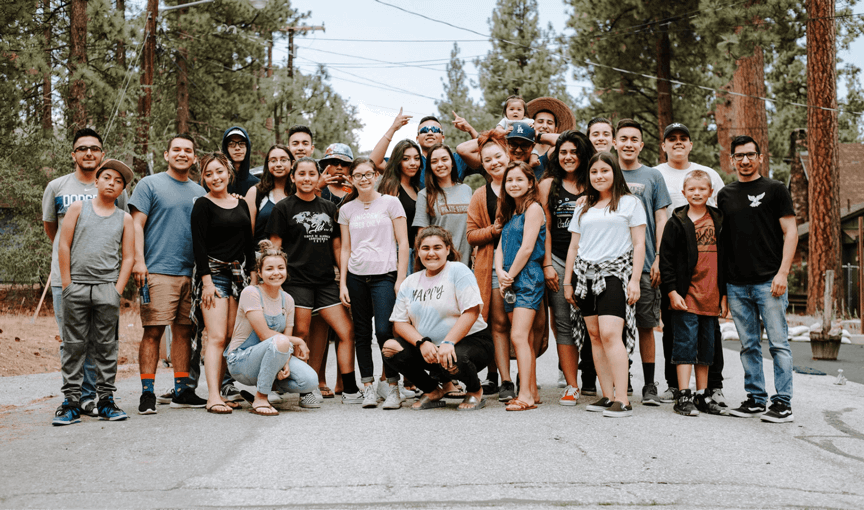Listening, one of the four foundational skills in language education, is the very first communicative skill developed and used throughout life. Despite its importance, it has long been neglected in educational practice, reducing students to passive listeners. However, contemporary language teaching approaches emphasize that listening is not merely a receptive act but a metacognitive process that involves analyzing, interpreting, and constructing meaning.
The "Cut-Write-Solve" method was developed in response to this need. By integrating the art of kirigami, encryption techniques, and algorithmic thinking into listening education, the method promotes active student participation. It provides a dynamic, interdisciplinary, and interactive alternative to traditional listening practices.
This approach enables students not only to grasp what is being said but also to reflect on how they listen. It supports learners in analyzing, interpreting, and reconstructing information through structured problem-solving processes. Simultaneously, it activates key cognitive skills such as focus, inference, creativity, and synthesis.
Aligned with the Türkiye Century Education Model's emphasis on higher-order thinking skills—such as decision-making, critical thinking, and problem-solving—this innovation aims to transform listening education from a passive reception model into a structured, meaning-oriented, and creative process.
Cut-Write-Solve becomes an eagerly anticipated classroom activity. First, students design a short text based on a given theme, embedding three secret words as coded elements. Before writing their texts, they create a character or scene using recycled paper and paper-cutting techniques. This process helps them plan their writing while sparking their imagination. Then comes the performance stage: each student reads their text aloud while listening classmates attentively try to decipher the hidden words. They analyze what they hear, deduce the main idea, and write down their answers. Correct responses are celebrated with applause, filling the classroom with interactive learning excitement. This method doesn't just have students listen to a text - it makes them discover its deeper meaning. The activity supports both creative writing and advanced listening skills.
The “Cut-Write-Solve” method was initially implemented in Science and Art Centers and later scaled through teacher training sessions and workshops. The steps of the method were clearly shared, enabling educators to easily adapt it to their own classrooms. This approach has rapidly gained popularity among teachers, particularly in the fields of Turkish language education, creative writing, listening skills, and interdisciplinary learning. Its visibility has increased through various project competitions, leading to national and international recognition.
This project was selected to participate in the Regional Exhibition of the 2025 TÜBİTAK Research Project Competition for Middle School Students, held in the Istanbul European Region. In order to support the dissemination of the project, the students presented it to more than 1,000 teachers, students, and academics over the course of a three-day event, providing hands-on demonstrations and direct engagement.
Additionally, the project has been accepted to the International Science and Art Student Congress, which will be held in a hybrid format (both online and in-person) on June 11–13, 2025, at the Atatürk Cultural Center of Muğla Sıtkı Koçman University. During the congress, students will have the opportunity to present their projects and engage with a broad academic audience.The application was showcased to students at the Tekirdağ Metropolitan Municipality Children's Festival on April 23rd.(2025)
Announced in 2024 by the Turkish Ministry of National Education, the Türkiye Century Education Model represents a forward-looking educational reform that brings a transformative and holistic vision to curriculum design and teaching methodologies. Designed in response to the rapidly changing needs of 21st-century learners, this model repositions education as a space where cognitive, emotional, social, and ethical development are equally prioritized. Unlike traditional curricula that often rely on content transmission and standardized assessment, this new model embraces a competency-based, value-driven, and integrative approach to student development.
Within this framework, listening is no longer understood as a passive reception of auditory information but is instead redefined as an active, analytical, and constructive cognitive process. The Türkiye Century Education Model emphasizes higher-order thinking skills—particularly decision-making, problem-solving, and critical thinking—as foundational to lifelong learning. These skills must be explicitly nurtured through core disciplines, including language education. As such, listening is reconceptualized not merely as hearing spoken language but as an opportunity to decode, interpret, synthesize, and reconstruct meaning in contextually rich and cognitively demanding scenarios.
The “Cut-Write-Solve” method is a dynamic classroom approach that brings the Türkiye Century Education Model’s principles to life. It integrates creative
To try the method, simply follow the three steps of "Cut-Write-Solve":
Cut: Have students create kirigami materials using recycled paper. Write: Guide them in writing short encrypted texts.
Solve: Read the texts aloud in class and let other students decode the hidden words by listening carefully.
Implementation guidelines and sample materials are available upon request.



